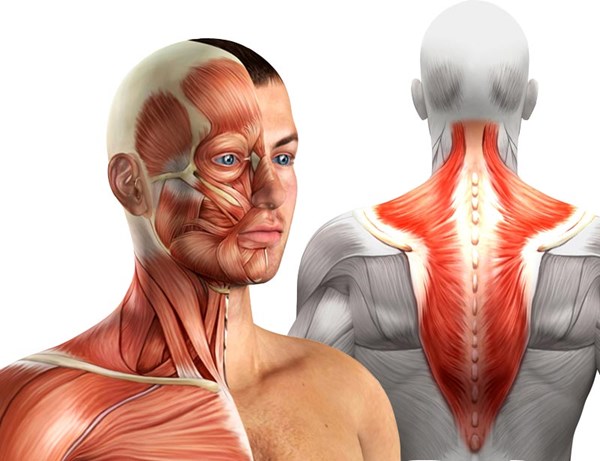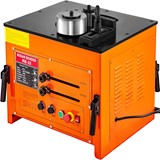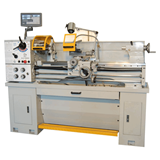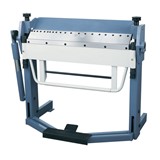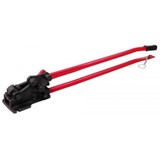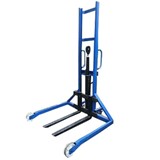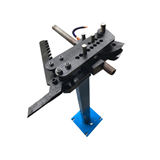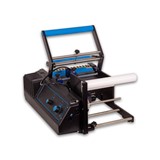While the overall percentage rate for neck injuries is low, at around 2%, 60-80% of manual workers may experience neck problems at sometime. Studies have shown that exercise can be helpful for prevention and treatment.
Symptoms of neck problems
- Pain, burning or aching in the neck
- Frequent headaches
- Pain or aching in the shoulder blades
- Sharp pain down the arms
- Numbness or tingling in the fingers
- Stiffness in the joints
- Frequent need to crack the neck
What causes neck pain?
Generally, neck pain is brought on by poor posture or from mechanical pressure on postural muscles due to repetitive activities.
For example, if you’re leaning over a machine all day, and you do that day in and day out, it’s not surprising that your body gets tight muscles and strains in certain places.
Pain develops almost always as a result of tight muscles. Once the muscles become tight, they compress on sensory nerves and pressure can build up in certain areas.
As you can see in these images of the neck muscles and upper back, every part of our body is connected, so when one area gets tight, it often causes mechanical pressure to build up in other areas, which is why the pain sensation can be different for everyone.
The difference between acute and chronic pain
Acute pain often comes on suddenly as a result of an injury, or it could be from moving the wrong way and suddenly muscles become impinged and go into spasm, which causes high and intense amounts of pain.
Though an acute episode is often more painful, it generally dissipates within hours or days.
Chronic pain is ongoing pain that lasts more than a few weeks. Chronic pain in some people can last years, especially if they don’t seek out treatment or do exercises and stretching to help.
Chronic pain can also be a result of an acute episode. It’s recommended that you always seek treatment for acute episodes so they don’t cause further issues later down the track.
Chronic pain can vary in intensity but is generally a duller, deeper pain. But because it is present for long periods, it is often more irritating than acute pain and can begin to impact the quality of your life in a negative way.
Exercises
A neck exercise program might typically be made up of stretching, strengthening and self-massage techniques that help to relieve trigger points.
Stretching
Benefits:
- Increases flexibility
- Expands range of motion and elasticity of muscles
Frequency: Daily, or even several times per day for some exercises.
Here are a few neck stretching videos:
This video, from Strength Training Online, provides some great exercises, and the fitness trainer also talks about how neck problems can lead to problems in other areas of the body.
This video from Smart Stretch, provides an entire neck stretch program to follow.
Strengthening
Benefits:
- Helps improve strength in muscles
- Improves endurance and relieves pressure off the neck
Frequency: 3 times week.
This video, from Ask Dr Jo, provides a great workout using a strap for resistance.
This video, from Muay Thai Athlete, provides 3 home-based exercises for the neck.
Self-massage
A ball is a great self-massage tool - simply using a tennis ball does the trick.
This video, from Yoga Tune Up, demonstrates how to use tennis balls to self massage while lying on the floor.
This video, from Bliss 2 Massage, demonstrates how to use the ball technique against the wall.
Treatment Options for More Severe or Ongoing Neck Problems
If you use stretches, strengthening and self-massage and still have neck problems, it is recommended that you seek treatment to help.
Options include:
Deep tissue massage - a therapist will use their hands to massage and manipulate the muscle to restore its length, take pressure off the nerves, and stimulate the muscle to function properly.
Chiropractic - works well in conjunction with massage therapy. After having the muscles loosened, a chiropractor can help adjust the joints in the spine and neck to help restore balance and function.
Physiotherapy - a physiotherapist can help with manual adjustments to your body but most importantly can design an appropriate stretch/ strengthen program specifically for you.

